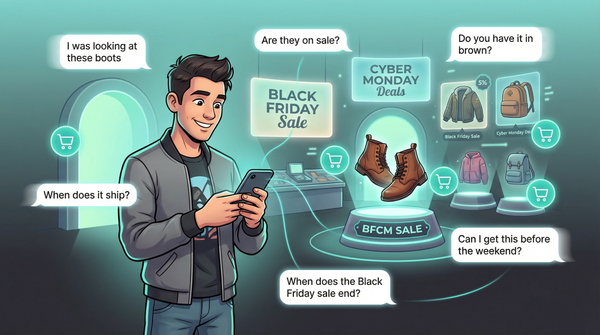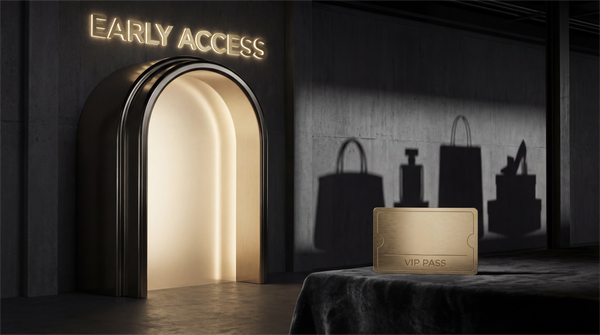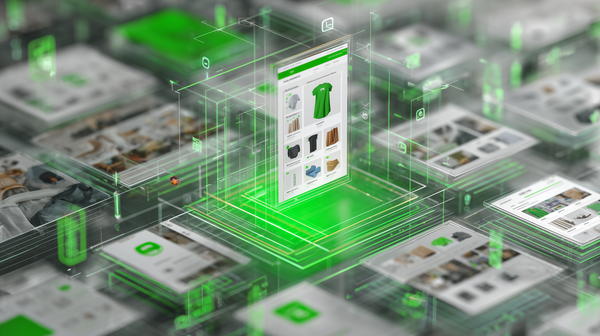E-commerce Strategy Meets Psychology: Converting More with Customer Insights

In today’s hyper-competitive Shopify DTC landscape, conversion rate is your true north. With digital ad costs climbing and traffic harder to acquire, squeezing more value from every site visit isn’t just smart—it’s survival (Thrive Themes). The upside? You don’t need a bigger ad budget to win. You need a sharper understanding of what makes your customers tick.
Consumer psychology is the lever. From subtle messaging tweaks to frictionless UX, psychological insights reveal why shoppers buy—or bounce. Here’s how operator-led DTC brands are fusing strategy with psychology to drive sales, backed by fresh data and proven playbooks.
The Psychology Behind Why Shoppers Convert
Every click is emotional. By 2025, over 75% of consumer purchases will be shaped by psychological factors (Xiteb). Understanding why your customer buys is as vital as what you sell. As DTC strategist Katelyn Bourgoin puts it:
“Did you know 80% of consumers are more likely to buy from a brand they trust?”
— Katelyn Bourgoin (LinkedIn).
Trust, social proof, urgency, and personalization—these triggers are your conversion toolkit. Here’s how mid-size DTC brands are using them to turn browsers into buyers.
Trust Signals: The Foundation of Conversion
Trust is table stakes. If your site feels “off,” shoppers bail—fast. 81% of consumers say they must trust a brand before buying (Amra and Elma), and 1 in 4 abandon carts over trust concerns (Baymard).
Action steps:
- Display security badges and SSL seals
- Highlight easy returns and guarantees
- Showcase real reviews and testimonials
Baymard Institute found 25% of users drop off if they don’t trust your checkout (Baymard). Add trust signals and you can boost first-time purchase odds by up to 58% (Xiteb). Remove doubt, remove friction, and watch conversions climb.
Social Proof & FOMO: Harness the Bandwagon Effect
People trust people—not brands. 92% of shoppers trust recommendations from others over branded content (Xiteb).
Operator moves:
- Feature star ratings and review snippets on product pages
- Integrate user-generated content (UGC)—real photos, unboxing videos, customer stories
- Use live purchase popups or viewer counters to create urgency and FOMO
When shoppers see others buying, it validates their choice. Social proof taps the bandwagon effect and consistently lifts conversion rates. Peer influence is persuasion at scale.
Scarcity & Urgency: Drive Action Now
Scarcity and urgency are your FOMO accelerators. Use them to nudge hesitant shoppers over the line.
Tactics:
- Low-stock banners: “Only 3 left!”
- Countdown timers: “Sale ends in 1:59:00”
- Limited drops or seasonal exclusives
Highlighting scarcity can spike conversions by up to 226% in some cases (Xiteb).
Operator tip: Keep it real. Fake urgency erodes trust. Authentic scarcity—limited stock, real deadlines—drives action and builds credibility.
Personalization & Customer-Centric UX
Personalization is the conversion multiplier. Epsilon reports it can lift conversion rates by 10–15% (Airtrillion), and McKinsey found top brands drive 40% more revenue from personalization (McKinsey).
“Getting personalization right means 40% more revenue.”
— Eli Weiss (Eli Weiss)
Execution:
- Dynamic product recommendations based on browsing or purchase history
- Segmented email flows—loyalty offers for repeat buyers, win-backs for abandoners
- Localized content by geo, season, or acquisition source
Customer-centric UX is non-negotiable. Streamline navigation, speed up load times, and optimize for mobile. Every extra click is a chance for drop-off. Ruthlessly remove friction.
76% of shoppers get frustrated when sites aren’t personalized, and 71% now expect it as standard (McKinsey). Use your data. Make every interaction feel one-to-one.
Emotional Storytelling: Build Connection, Not Just Clicks
Tactics matter, but emotion closes the sale. Shoppers buy from brands that make them feel—joy, trust, belonging, inspiration. Emotional storytelling and brand values can meaningfully boost conversion and LTV.
How to deploy:
- Share your “why”—brand origin, maker stories, customer wins
- Use imagery and copy that evoke emotion, not just features
- Highlight testimonials that focus on transformation (“this product changed my life”)
58% of consumers buy or advocate for brands that align with their values [4]. Emotion-driven marketing isn’t fluff—it’s conversion science. People decide with emotion and justify with logic (Medium)
This X post breaks down TOF hooks like emotional drivers ("I didn’t feel like myself...") or curiosity to engage unaware audiences on Meta/TikTok.
Our TOF hook formula for transforming unaware audience into customers.
— Olly Hudson (@oliverwhudson) August 15, 2025
If you’re talking to unaware or problem aware audiences, you can’t just rattle off product features, you have to hook them with a story, emotion, or curiosity before they care about what you sell.
We do…
From Customer Insights to Conversion Wins
None of these tactics work without real customer insights. The best DTC operators are obsessed with feedback, data, and iteration.
Operator playbook:
- Collect qualitative feedback—surveys, reviews, support logs, social polls
- Analyze on-site behavior with Shopify analytics or Hotjar
- A/B test psychology-driven tweaks—countdown timers, new testimonials, copy changes
An X post reveals how systematic feedback led to 3 product tweaks, increasing sales by 234% for a DTC client.
If you're a DTC founder ignoring customer feedback loops, you're missing your biggest growth opportunity. A Rapid 2X client implemented systematic feedback collection and discovered 3 product improvements that increased sales by 234%. pic.twitter.com/Qx26H9hZAA
— Sabir Semerkant (@SabirS) August 16, 2025
Leveraging LiveRecover for Deeper Customer Insights
Understanding why customers leave without purchasing is crucial for improving conversion rates. LiveRecover offers a unique way to gain insights into customer behavior by engaging with visitors who abandon their carts.
By utilizing SMS-based recovery strategies, LiveRecover helps turn missed opportunities into sales and provides valuable data on customer hesitations.
Boost Your Shopify DTC Conversions with Data-Driven Insights
What works for one brand may flop for another. That’s why your feedback loop is your edge. As Eli Weiss says, 90% of raw feedback is noise—but the remaining 10% is pure gold if you dig deep (Eli Weiss). Let your customers show you what to optimize next.
Blending psychology with e-commerce strategy isn’t about manipulation—it’s about empathy. Understand your customers’ motivations, fears, and desires, and you’ll build an experience that converts.
For mid-size DTC brands on Shopify, this is your advantage: Stay close to your customers, move fast, and let insights drive your roadmap. The biggest conversion lifts often come from small, insight-driven changes—an added trust badge, a headline that hits an emotional chord, a streamlined checkout.
E-commerce is both art and science. When you combine emotional storytelling with data-driven optimization, conversion rates don’t just inch up—they leap.
Operator takeaway: Keep digging into why your customers act. Let them guide your messaging, UX, and offers. The more you channel real insights and psychological principles, the more efficient—and profitable—your growth will be.
Subscribe for weekly DTC insights.




